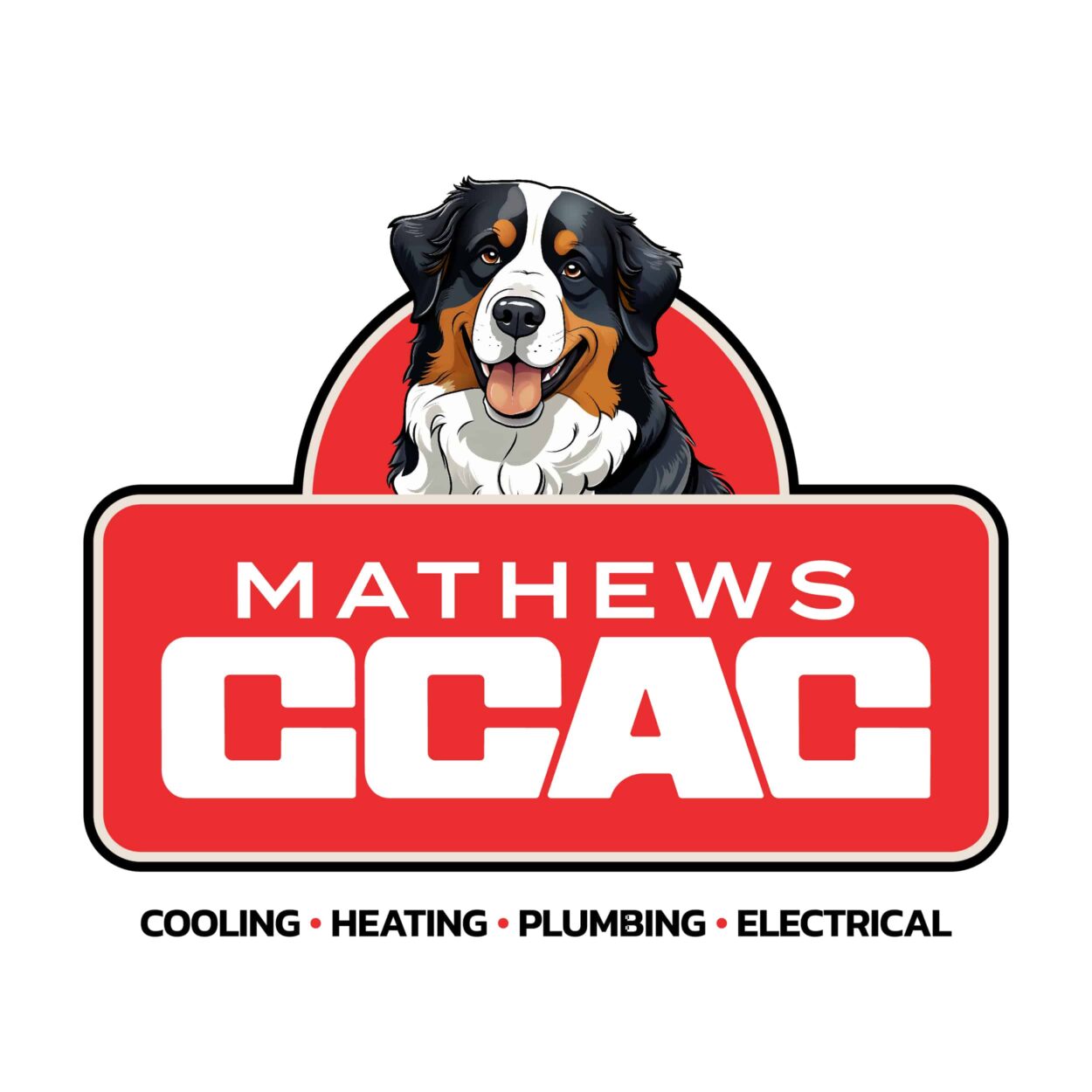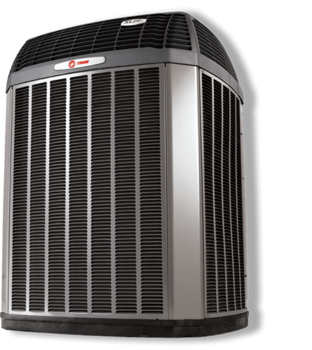Buying a new air conditioner (A/C) is a big deal. Not only is it an expensive purchase, but its performance will have an effect on your comfort for many years to come. Before you go out and buy the first one recommended to you, it will help to understand the acronyms SEER, EER and COP. These three acronyms are often used when explaining A/C performance by technicians and salespeople.
SEER
Seasonal energy efficiency ratio (SEER) is the ratio of the amount of cooling an A/C produces over the course of a season to the amount of electrical energy fed to it. The test for the SEER of an A/C is conducted under a variety of different situations where both home and outside temperature change. The current minimum level of SEER set by the Department of Energy is 13.
EER
Energy efficiency ratio (EER) has the same basic purpose as SEER, but with one important difference. Where SEER is determined through tests that represent output and input over the course of a season, EER is determined with a test that considers one particular system of temperatures. SEER is usually a more accurate representation of real A/C performance.
COP
Finally, the coefficient of performance (COP) measures the amount of power generated by the A/C compared to the power supplied. The theoretical maximum COP is around 33, but this is impossible to achieve. Current A/Cs only have COPs of about a tenth of this, in the range of 2 to 4.
While there are other things you need to know before buying an A/C, SEER, EER and COP are three of the most important. If you have any questions about your next purchase for your South Texas home, contact CCAC.
Our goal is to help educate our customers in Corpus Christi, Texas about energy and home comfort issues (specific to HVAC systems). For more information about energy efficiency and other HVAC topics, download our free Home Comfort Resource guide.
Image courtesy of Shutterstock












